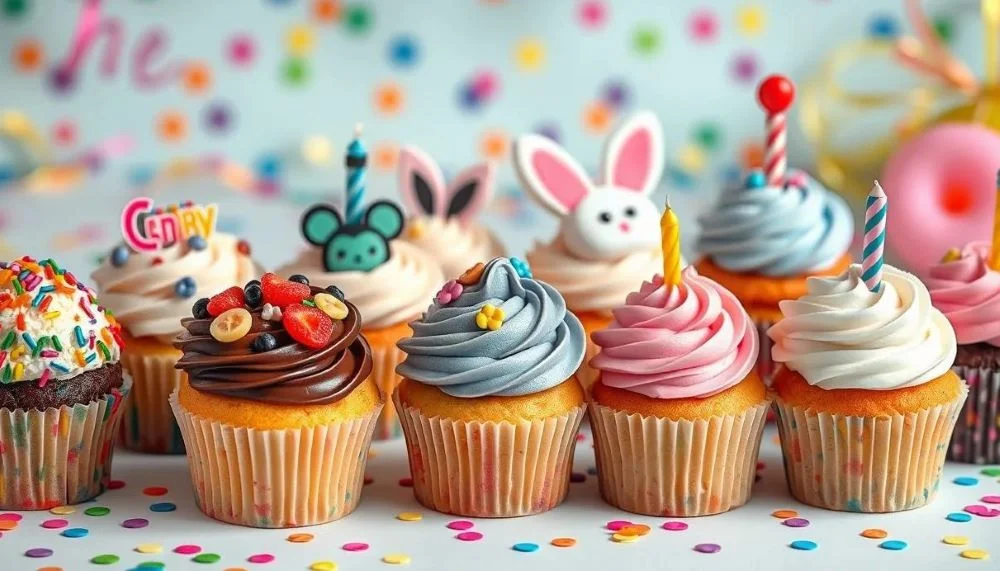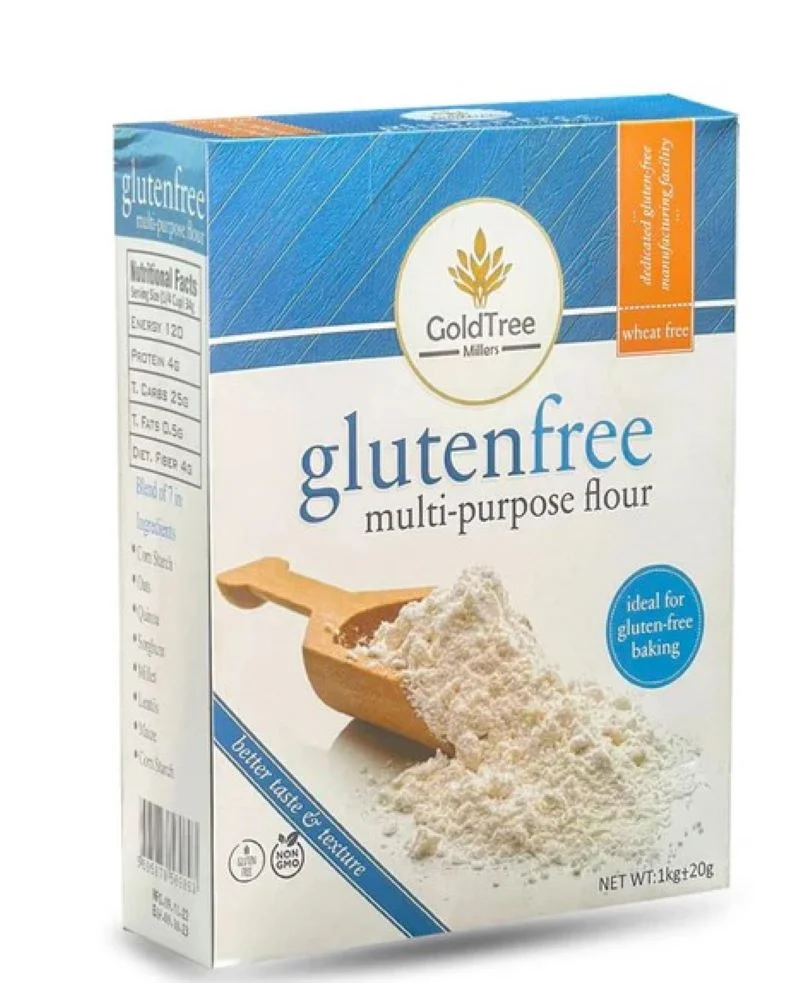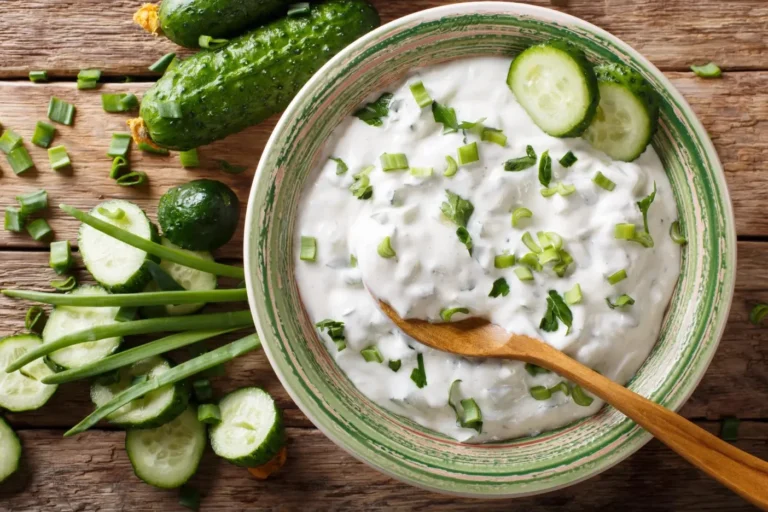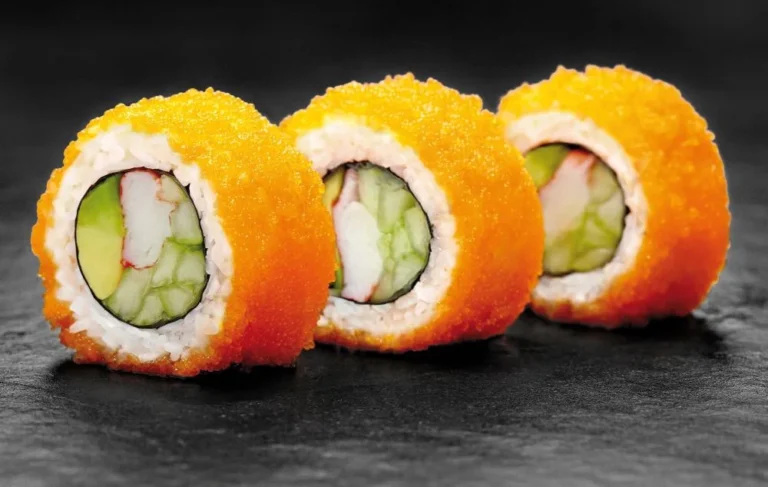Gluten Free Cupcakes: 5 Ways to Make These Sweet Treats Unforgettable

Gluten free cupcakes are sweeping the dessert scene, demonstrating that wheat is not necessary to create delectable sweets. Without the gluten, these cupcakes have all the rich, moist, and fluffy flavor you’ve been craving. Gluten free cupcakes are the ideal way to indulge your sweet craving without sacrificing flavor or texture, whether you’re baking for a special occasion or just indulging yourself. Prepare to discover a lovely world created only for you, where each bite is a small celebration!
1. Why Choose Gluten Free Cupcakes?

Many people have celiac disease or gluten intolerance, which makes them need to switch to gluten free sweets out of concern for their health. Cupcakes without gluten provide a tasty and safe substitute without compromising on taste or texture. These desserts ensure that everyone can partake in a sweet treat, meeting the growing need for inclusive dessert options.
In addition to meeting dietary requirements, gluten free cupcakes are frequently made with rice, almond, or coconut flour, each of which contributes distinct flavors and health advantages. Because of this variety, gluten free baking becomes an interesting culinary journey with endless possibilities. The goal of these cupcakes is to embrace variety in baking ingredients and improve flavor, not only to eliminate gluten.
Additionally, gluten free cupcakes are now seen as a sign of considerate hospitality. When they are served at events, attendees with gluten sensitivity will feel welcome. It’s a modest act that transforms a straightforward dessert into a shared experience and says a lot about inclusivity and compassion.
2.The Magic of Gluten Free Flours

The flour mixture is the key to making the ideal gluten-free cupcake. Alternatives to traditional wheat flour include coconut flour, which has a high fiber content and a delicate sweetness, or almond flour, which provides a nutty richness. Each type of flour contributes a unique flavor and textural profile to the cupcake.
Another common option is rice flour, which gives cupcakes a fluffy, light texture that makes them nearly melt in your mouth. Oat flour, on the other hand, adds a healthy touch with its powerful flavor, making it ideal for recipes that call for more substantial ingredients, such as carrot or banana cupcakes. Together, these flours replicate the structure that gluten offers, giving the cupcakes a lovely rise and cohesiveness.
Baking gluten free requires a lot of experimentation. To get the right consistency and flavor, many bakers combine different types of flour. In addition to making baking more daring, the range of gluten-free flours opens bakers’ eyes to a world of flavors that conventional flours just cannot match.
3.Tips for Baking Perfect Gluten Free Cupcakes
Although it takes some adjustments to get right, baking gluten free cupcakes can be a fun adventure. First, because gluten-free baking can be sensitive to changes in ratios, it is crucial to measure ingredients precisely. The results can be significantly impacted by using too much or too little of a specific flour.
Then think about the binding agents. In the absence of gluten, which normally gives baked goods their structure, the cupcakes are held together by xanthan gum or psyllium husk. These ingredients guarantee that your cupcakes will not crumble and will have the proper texture.
Another important consideration is moisture. Since gluten free flours might be drier than wheat flour, it can help to add a little more liquid or moisture-rich items like mashed bananas, applesauce, or yogurt. By making these adjustments, you can make sure that your cupcakes are moist and supple rather than crumbly or dry.
4.Creative Flavor Combinations to Try
Cupcakes without gluten allow you a wide variety of intriguing flavor combinations. Think beyond chocolate and vanilla. What about a blueberry compote on top of an almond flour-based, tangy lemon cupcake? A delightful and unforgettable delicacy is produced by combining the tangy lemon with the nutty nuances of the almond flour.
A rich, dark chocolate cupcake prepared with coconut flour and a touch of espresso is a delectable treat for chocolate lovers. The strong chocolate and coffee flavors are complemented by the delicate sweetness of the coconut flour. For a touch of the tropics, cover it with a rich coconut icing.
Gluten free cupcakes are also a great way to showcase fruity flavors. Try making rice flour strawberry-basil cupcakes with a light cream cheese icing. Your taste senses will be surprised and delighted by the unexpected yet wonderful flavor profile created by the sweet strawberries and aromatic basil.
5.Decorating Gluten Free Cupcakes Like a Pro

Gluten free cupcakes are no different from regular cupcakes in that presentation is crucial. Whether using traditional buttercream, whipped cream, or a dairy-free substitute, begin with a layer of frosting that is level and smooth. Beautiful swirls and designs can be made with the use of a piping bag fitted with a decorative tip.
Consider adding a drizzle of chocolate, edible flowers, or fresh fruit as a garnish for a sophisticated look. These easy tweaks can improve the appearance of your cupcakes, making them seem as good as they taste. Top with chopped nuts, coconut flakes, or even gluten-free cookie crumbles for a little crunch.
Keep in mind that originality is the key to decorating. Try different colors, textures, and themes without fear. A beautifully decorated cupcake is usually a hit, whether you’re baking them for a wedding, birthday celebration, or just a simple afternoon snack.


